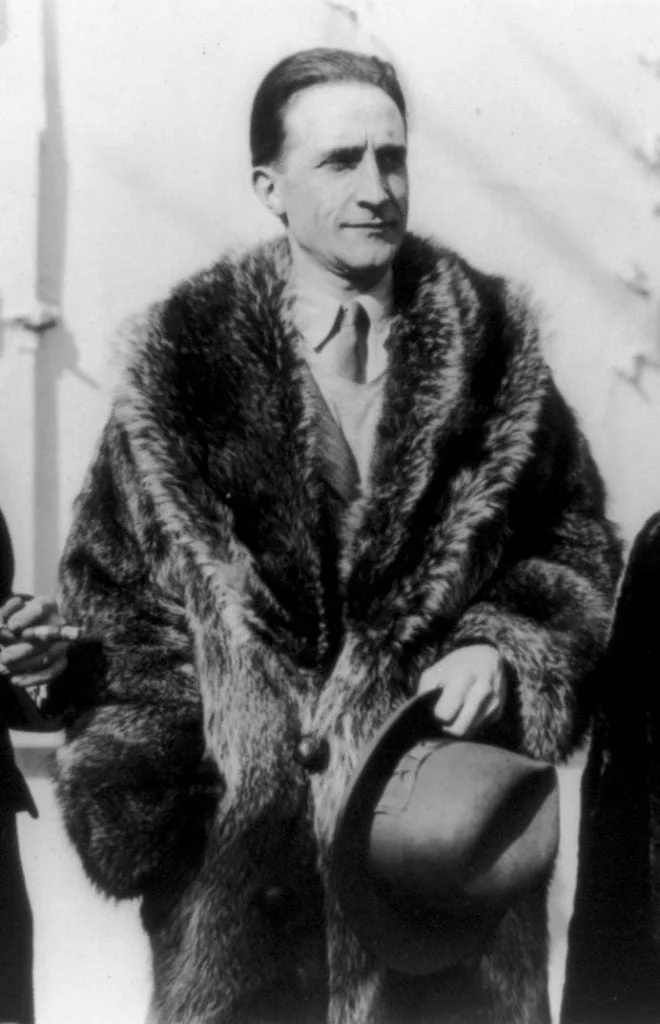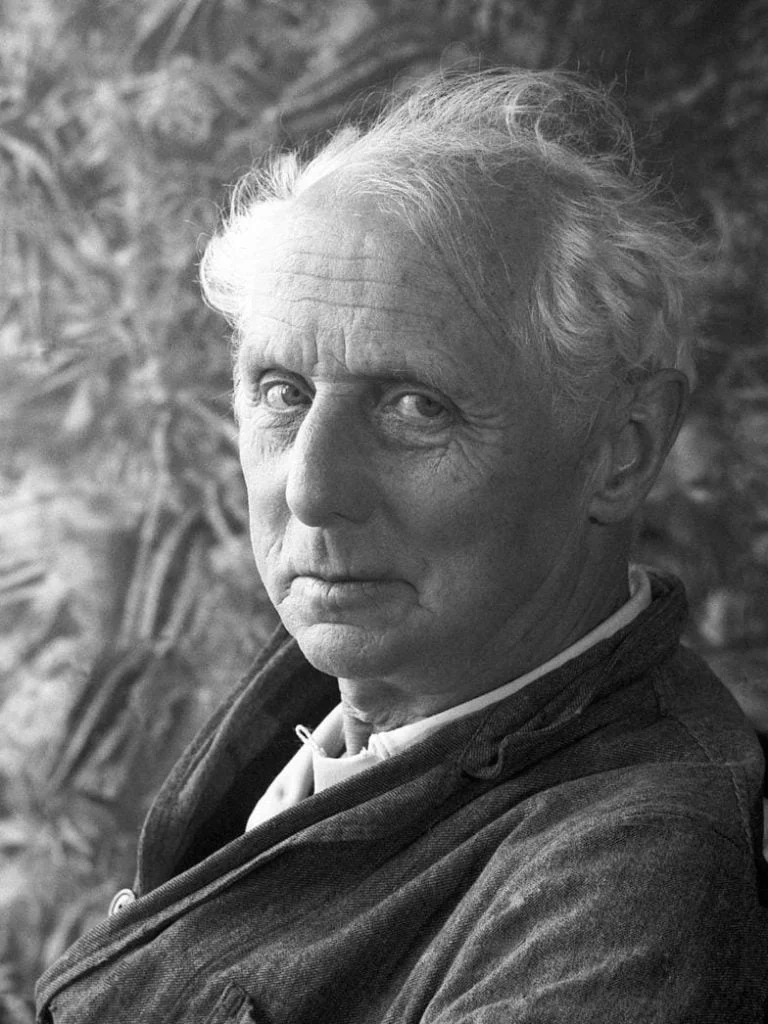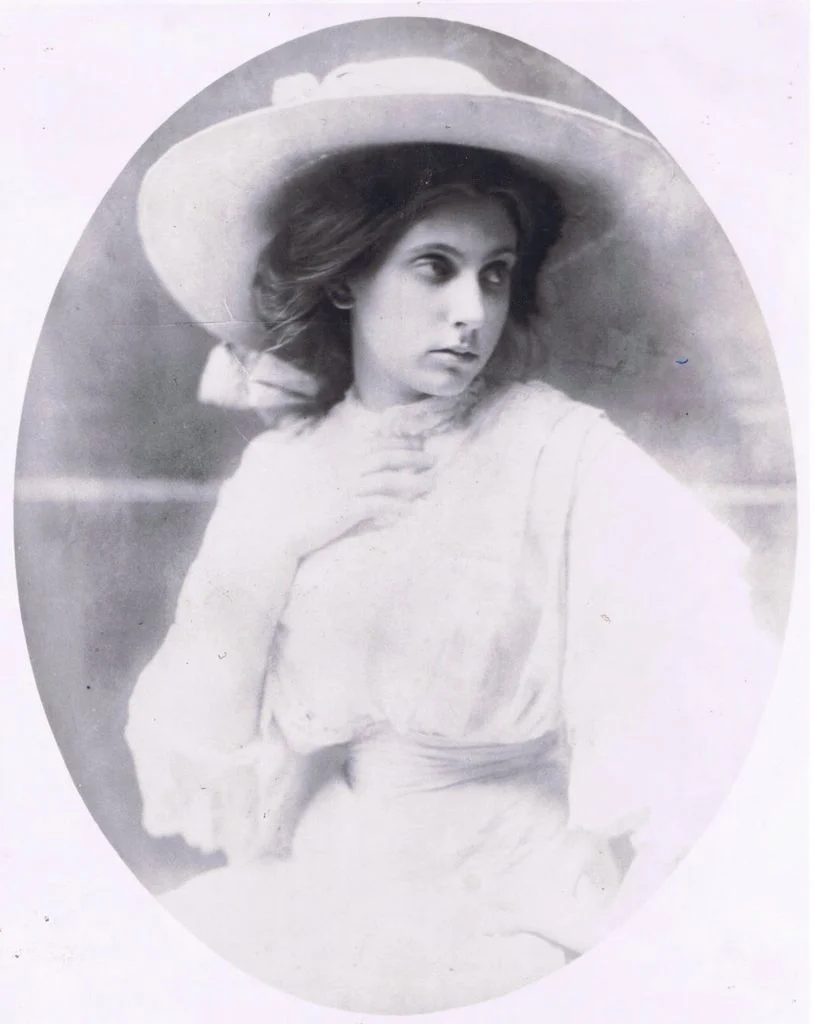As a result of World War I, an art movement emerged which rejected logic and reason. The famous Dada artists expressed themselves in an irrational manner to emphasize their rejection of the modern capitalist society which had brought about this horrible event.
Dadaism emerged in Zürich in the early 20th century and more particularly in the “Cabaret Voltaire,” an artistic nightclub which was founded in February of the year 1916 in this city in Switzerland. Still, the origins of the art itself trace back to the pre-war avant-garde when the term “anti-art” was coined by French artist Marcel Duchamp in 1913.
The art movement drew inspiration from the Cubist artists, who created art detached from reality, and the Expressionist artists, who showed them how to reject rationalism. This was done through the mediums of collage, sound poetry, cut-up writing, and sculpture, and spread to New York City and Paris.
So who were the most famous Dada artists? In this post, you’ll find out!
1. Hugo Ball
Hugo Ball (1886-1927) was a German artist who is considered to be the founding father of the Dada art movement. He created the so-called “Dada Manifesto” on July 14, 1916, which explained his views on the current state of affairs in society, which had led to World War I.
He had studied philosophy and sociology at the universities of Heidelberg and Munich and he rejected the philosophies of the past. He held these ideas accountable for the downward spiral that led to this tragic event, and his poetry and writings reflect the essential ideas of Dadaism. He led the movement in its early days at the Cabaret Voltaire in Zürich in 1916.

2. Marcel Duchamp
Marcel Duchamp (1887-1968) was a French-American artist who is considered to be one of the most influential artists of the early 20th century. His ideas to create art to make people think rather than to simply please people’s eyes revolutionized art and had a profound effect on future generations of artists.
His influence isn’t considered minimal and is at the same level as the influence exhibited by the works of Pablo Picasso and Henri Matisse. He is best known as a painter and sculptor but was also a proficient writer and chess player. The latter emphasizes his focus on making people think while they admire his works of art.

3. Hannah Höch
Hannah Höch (1889-1978) was another German Dada artist who became famous because she is one of the inventors of photomontage, the use of real photographs from various media outlets to create a collage covering a certain subject. Her most famous works were created during the Weimar period which lasted between 1918 and 1933.

Her favorite subject was the so-called “New Woman,” the rise of women as being independent and equal to men, something that was still often debunked in the early 20th century. Her art tackled these prejudices and allowed the new woman to liberate herself, making her work an early version of feminist discourse.

4. Max Ernst
Max Ernst (1891-1976) was a German artist who lived quite some time in the United States and France as well, acquiring both nationalities. He’s considered to be one of the most famous Dada artists and also a pioneering Surrealist artist as well. One of his major influences early on was Expressionist artist Paul Klee whom he met in Munich in 1919.
Even though he didn’t have any formal art education, he still managed to invent several techniques, including frottage, an automatic method to create surrealist art, and grattage, a technique revolving around scratching fresh paint with a blade. Apart from being a prolific painter and sculptor, he also was a poet, and graphic artist, and wrote several novels consisting of collages.

5. Man Ray
Man Ray (1890-1976) was an American artist who first considered himself to be a painter, even though his photography is what made him famous during his lifetime and beyond. He’s considered to be one of the major contributors to both the Dada and Surrealist art movements.
He went to Paris in 1921 where he would work the remainder of his life, except for a period during and shortly after World War II when he returned to the United States. He is considered to be one of the most renowned fashion and portrait photographers in history and developed a specialty with photograms, and pictures without the use of a camera which he referred to as “Rayographs” in reference to his name.

6. Beatrice Wood
Beatrice Wood (1893-1998) has been referred to as the “Mama of Dada” in the United States. She was the co-founder of “The Blind Man magazine,” a magazine dedicated to Dada art. She created this magazine together with French artist Marcel Duchamp in 1917 in New York City.
After studying art and theater in Paris she pursued a career in acting in New York City and only later on made the transition to sculpting and studio Pottery. One of the most remarkable facts about Beatrice Wood is that she partially inspired the lead character named “Rose” in the 1997 blockbuster “Titanic.” Director James Cameron included bits of her life into Rose’s story after reading her autobiography.

